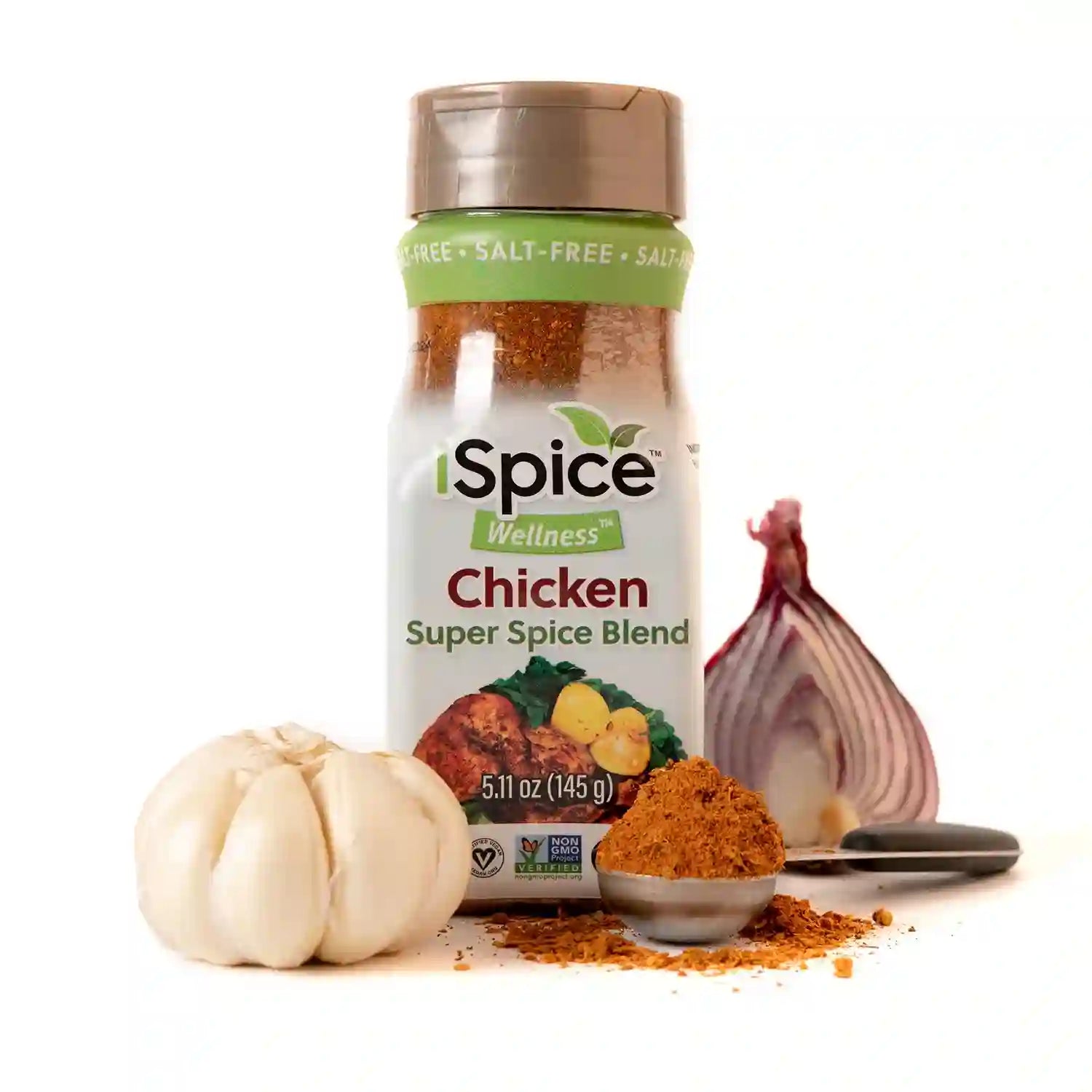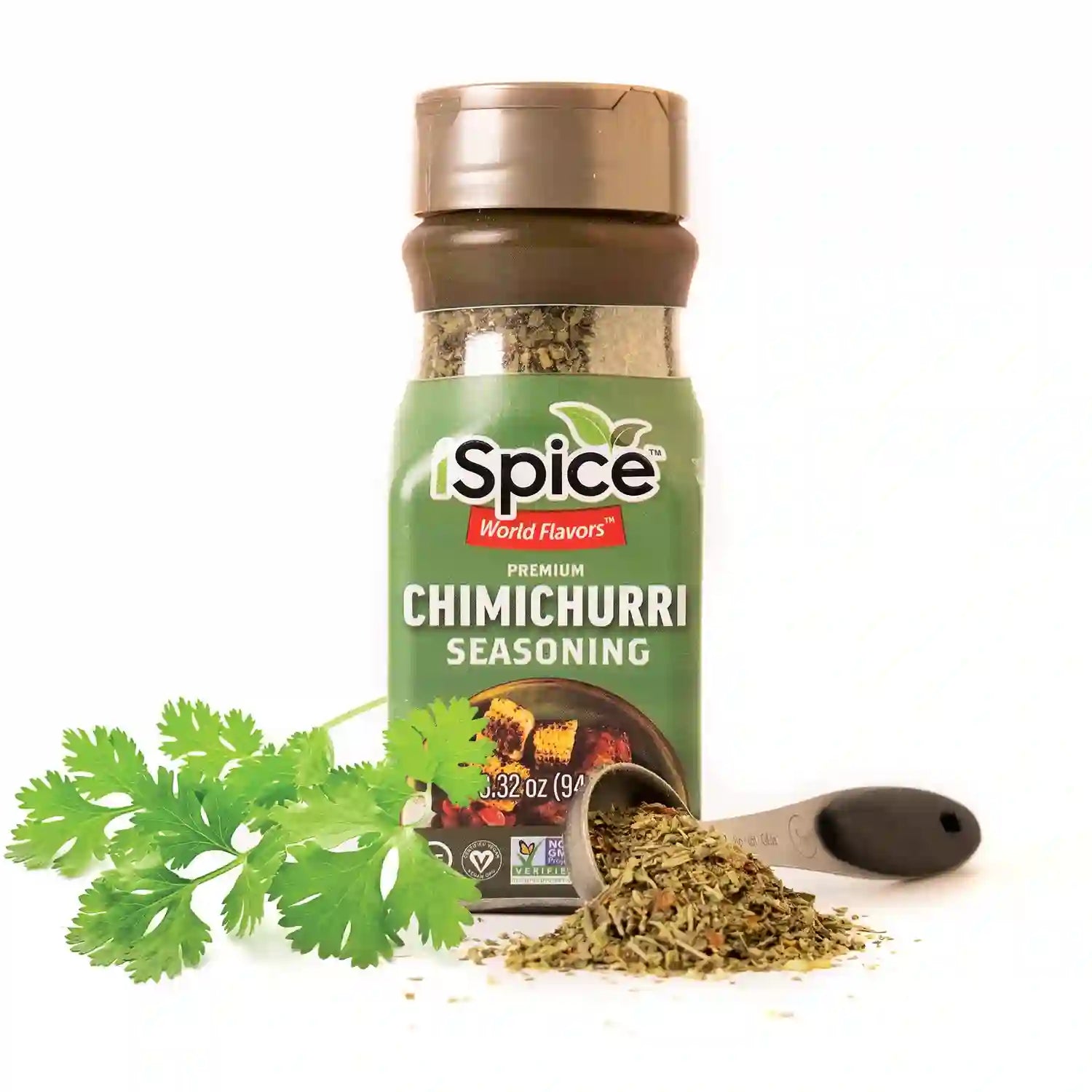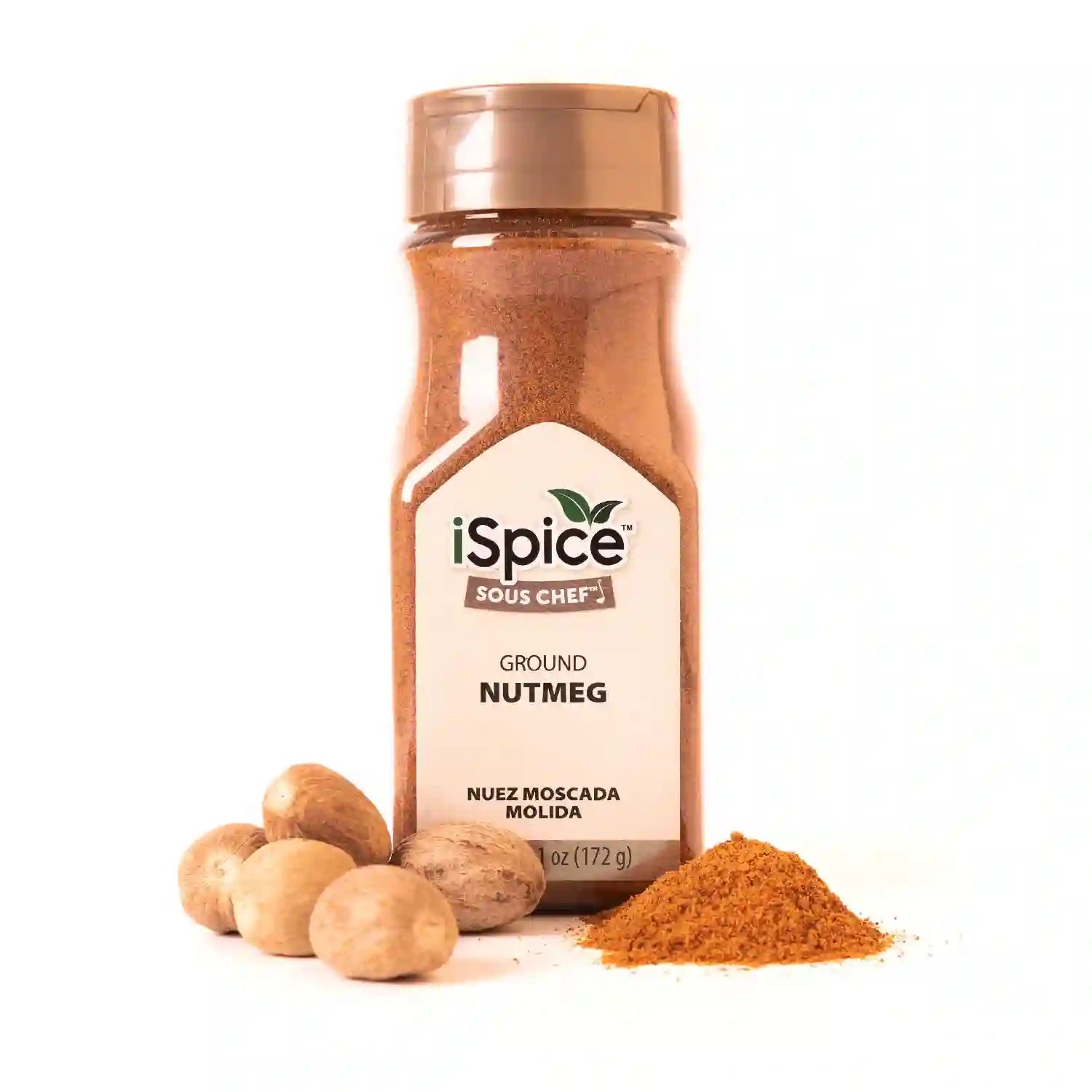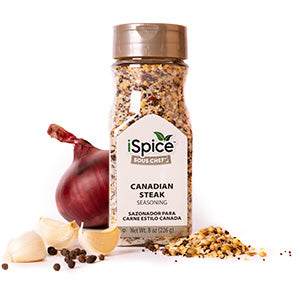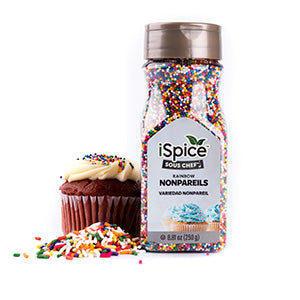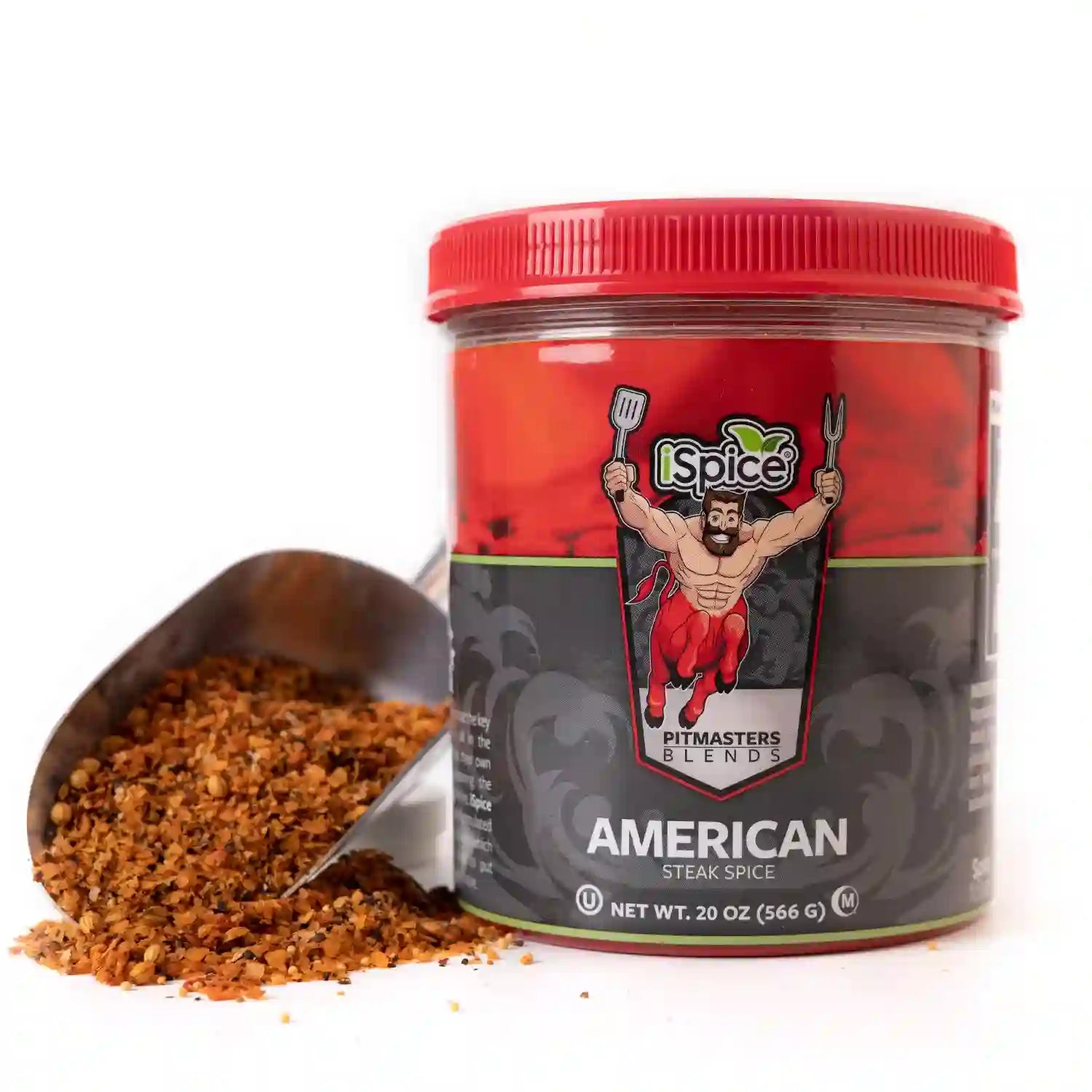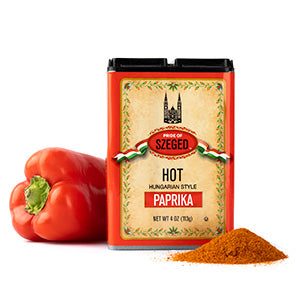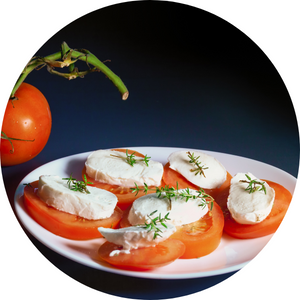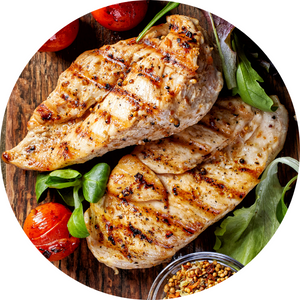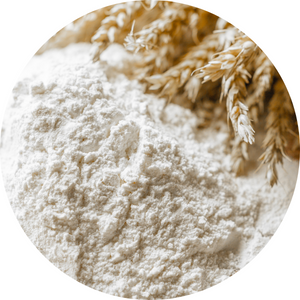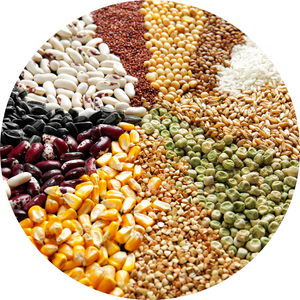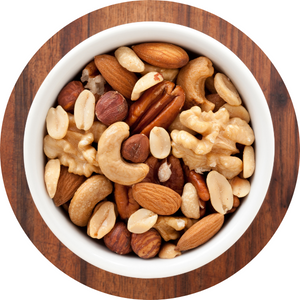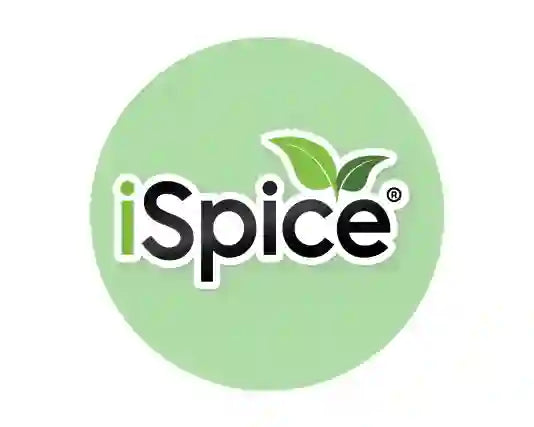
Root vegetables are some of the most versatile ingredients in the kitchen. From roasted carrots and mashed potatoes to sweet beets and earthy parsnips, they form the foundation of countless comforting dishes. But what truly brings out their depth and sweetness is the right combination of spices and herbs.
By pairing your favorite root vegetables with complementary seasonings, you can turn simple side dishes into flavorful, aromatic meals that shine on their own.
Why Spices Enhance Root Vegetables
Root vegetables develop a natural sweetness when cooked, and spices help balance that sweetness with warmth, acidity, or heat. They can highlight the vegetable’s flavor profile, add contrast, and make the dish more dynamic.
Benefits of using spices with root vegetables:
-
Adds depth and balance to natural sugars
-
Creates unique global flavor profiles
-
Enhances both roasted and pureed preparations
-
Brings warmth and complexity to winter dishes
From classic herbs to bold spice blends, the possibilities are endless.
Spice Pairings by Root Vegetable
| Vegetable | Best Spice Matches | Flavor Profile |
|---|---|---|
| Carrots | Cinnamon, cumin, coriander, dill | Sweet and earthy |
| Potatoes | Paprika, rosemary, thyme, garlic powder | Mild and starchy |
| Parsnips | Nutmeg, sage, cloves, white pepper | Sweet and nutty |
| Beets | Allspice, ginger, thyme, orange zest | Earthy and robust |
| Sweet Potatoes | Cinnamon, chili powder, smoked paprika | Sweet and smoky |
| Turnips | Mustard powder, black pepper, parsley | Peppery and slightly bitter |
| Rutabaga | Curry powder, cumin, bay leaf | Savory and hearty |
These spice combinations balance each vegetable’s natural sweetness while adding character and aroma.
Classic Spice and Herb Blends for Root Vegetables
1. Mediterranean Herb Mix
A light, herbal blend that enhances roasted or grilled vegetables.
Ingredients: Oregano, thyme, garlic powder, olive oil, black pepper.
Best for: Potatoes, carrots, and parsnips.
2. Sweet and Warm Blend
Adds a cozy, slightly sweet tone perfect for fall dishes.
Ingredients: Cinnamon, nutmeg, and clove with a hint of paprika.
Best for: Sweet potatoes, beets, and roasted carrots.
3. Curry-Inspired Mix
Rich, aromatic, and bold—adds warmth to milder roots.
Ingredients: Turmeric, cumin, coriander, and garam masala.
Best for: Rutabagas, potatoes, and turnips.
4. Smoky Chili Rub
A modern twist for roasted vegetables with a touch of heat.
Ingredients: Smoked paprika, chili powder, garlic, and thyme.
Best for: Sweet potatoes, carrots, and parsnips.
5. Citrus Herb Seasoning
Bright and refreshing—ideal for lighter vegetable sides.
Ingredients: Lemon zest, dill, parsley, and a pinch of sea salt.
Best for: Beets and carrots.
How to Apply Spices for the Best Flavor
-
Roasting: Toss vegetables with oil and spices before baking to develop deep caramelization.
-
Boiling or Steaming: Add whole spices (like bay leaves or peppercorns) to the cooking water for subtle infusion.
-
Mashing: Blend warm spices like nutmeg or cumin into mashed potatoes or parsnips.
-
Glazing: Combine honey, olive oil, and spices for a sweet-savory finish.
-
Sprinkling: Finish with a touch of spice just before serving for a burst of aroma.
Balancing spices with fat (oil or butter) ensures even coating and better absorption during cooking.
Creative Flavor Combinations to Try
-
Honey + Cumin + Coriander for roasted carrots
-
Rosemary + Garlic + Olive Oil for crispy potatoes
-
Cinnamon + Chili + Lime Zest for spiced sweet potatoes
-
Thyme + Mustard Powder + Bay Leaf for turnip mash
-
Ginger + Allspice + Orange Peel for glazed beets
These blends enhance flavor without overpowering the vegetable’s natural sweetness.
Frequently Asked Questions About Spicing Root Vegetables
1. Should I season root vegetables before or after roasting?
Season before roasting for deep flavor and again lightly afterward for aroma.
2. Can I use spice blends like curry or za’atar on root vegetables?
Yes—global blends add exciting twists. Curry powder, za’atar, or harissa mix beautifully with roasted roots.
3. What oils work best with spice-coated vegetables?
Olive oil, avocado oil, or melted butter help spices adhere evenly and prevent burning.
4. How do I prevent spices from burning while roasting?
Roast at moderate heat (375–400°F) and toss halfway through. Avoid adding sugar-heavy glazes too early.
5. Can I mix multiple root vegetables in one dish?
Absolutely. Just choose vegetables with similar cooking times, like carrots and parsnips or beets and potatoes.
Final Thoughts
Root vegetables offer a naturally sweet, hearty base that pairs beautifully with spices from every cuisine. Whether you prefer warm, earthy blends or fresh, citrusy notes, the right combination of herbs and seasonings can completely transform your dishes. With a few simple spice pairings, your roasted, mashed, or glazed vegetables will be full of color, aroma, and flavor.

